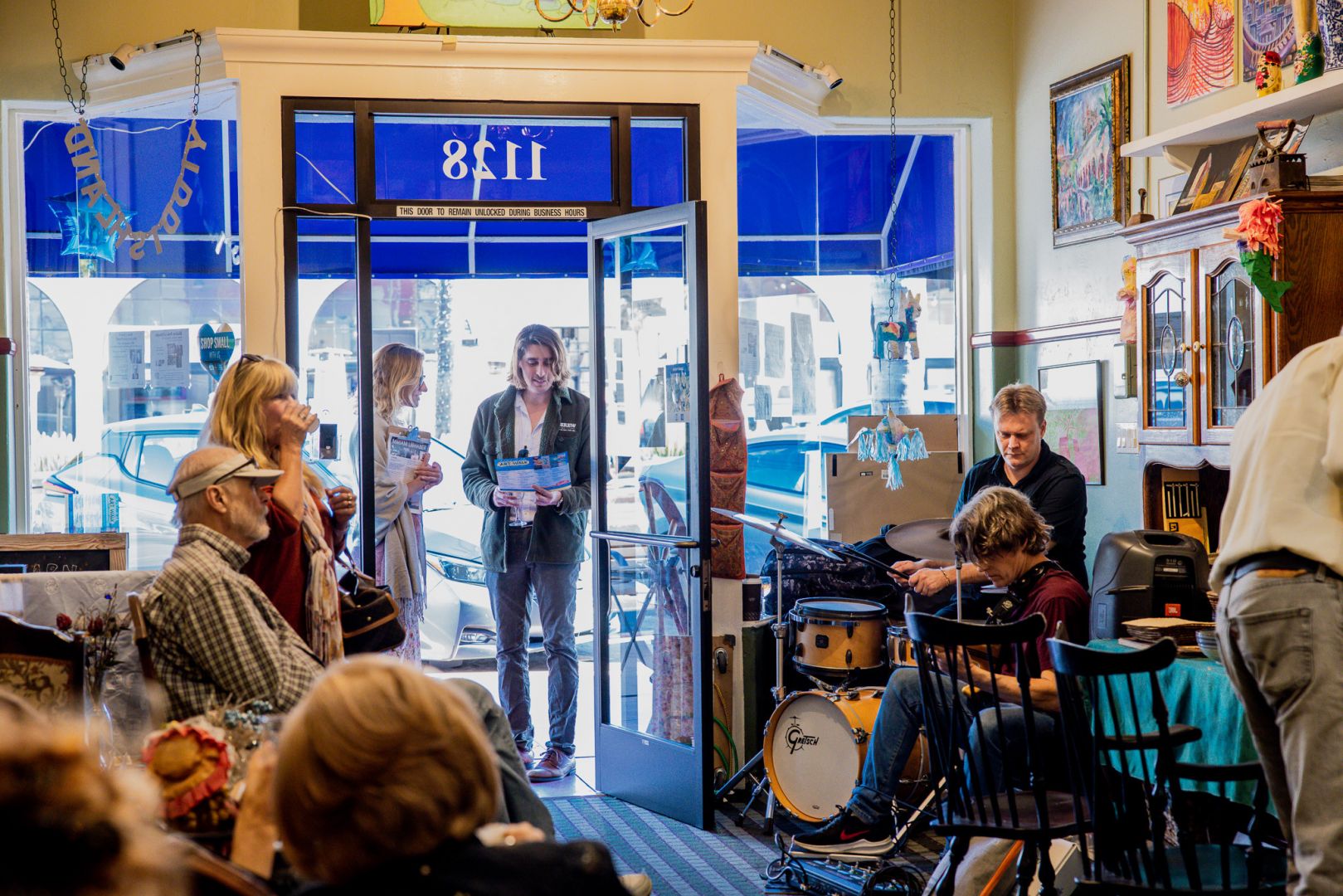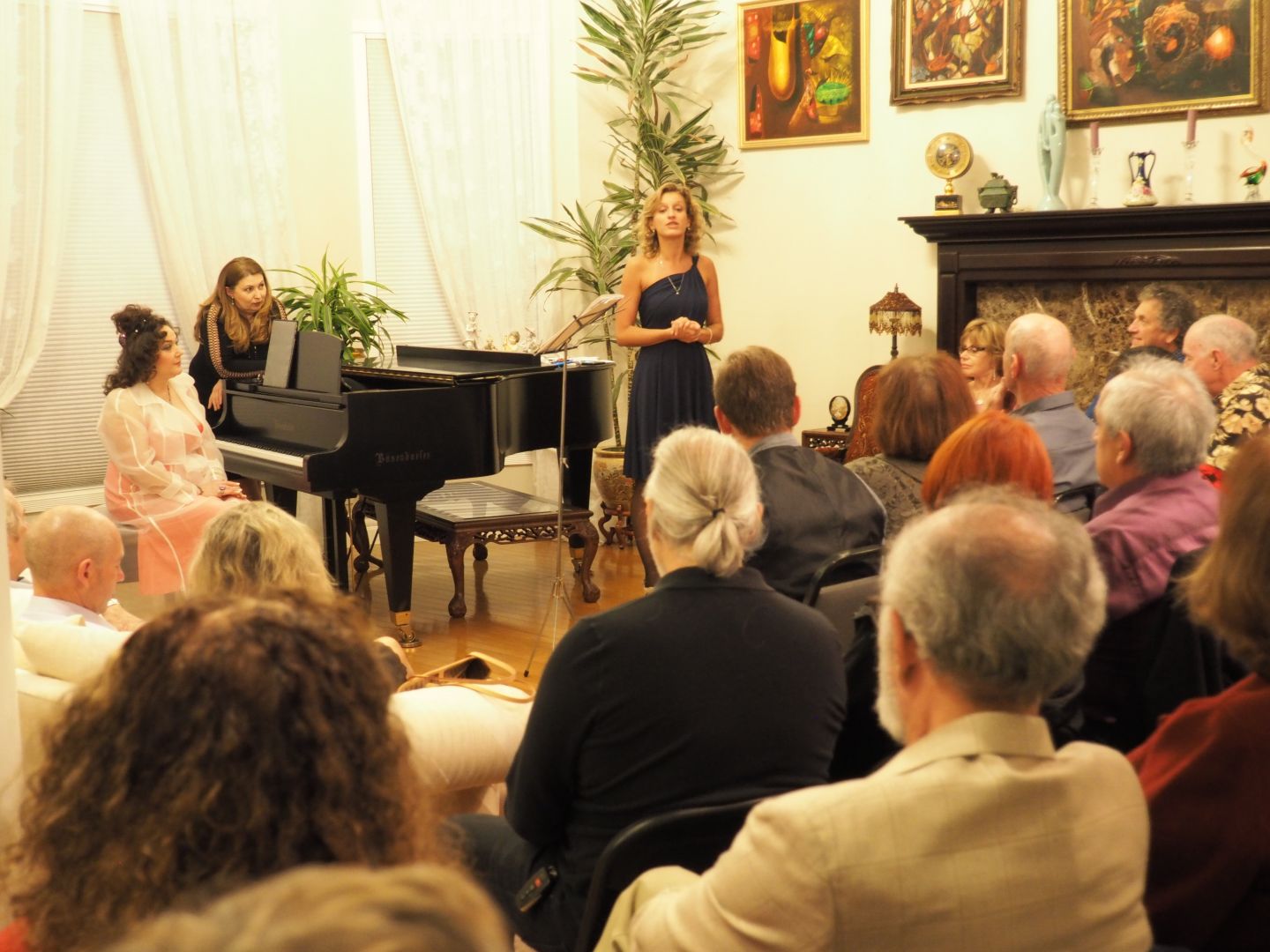Meet Jana (Joanna) Mazurkiewicz Meisarosh | A Yiddish performer, scholar, and activist


We had the good fortune of connecting with Jana (Joanna) Mazurkiewicz Meisarosh and we’ve shared our conversation below.
Hi Jana (Joanna), what do you attribute your success to?
I think it is very important to stay creative, flexible and have realistic expectations, especially if one choses to work in the humanities. For instance, at pre-pandemic YAAANA, we had a strong focus in performance. During the pandemic, we had to quickly adapt to the challenging situation, immediately move the existing programming online, and create other types of activities as well. This is when the Yiddishland Art Gallery was born, which I am grateful for, because now I see how beneficial it is to combine all kinds of art disciplines together in one space. In order to ensure our further growth, we have to stay open to new ideas, adapt to changing circumstances, and embrace innovative approaches. We regularly evaluate our programs and initiatives, seeking feedback from visitors, artists, and community members. We then use the feedback to improve and refine our offerings, ensuring that we continue to meet the needs and expectations of its audience. Lastly, we have to be able to predict future challenges and opportunities, and plan timely and accordingly.

Let’s talk shop? Tell us more about your career, what can you share with our community?
The word on the street is that we, Yiddishists (meaning Yiddish scholars and activists), have to find ‘day jobs,’ and that obtaining any kind of Yiddish language and culture-related job is just a pipe dream; other than, perhaps, being a part of academia. Positions in academia tend to be more analytical and quite different from my community-based role. Promoting Yiddish directly in the community is a better fit for my outgoing personality. I was extremely fortunate to be able to create Yiddishland California and make my hobby and passion into a job. Yiddishland California is a cultural center of my non-profit organization called the Yiddish Arts and Academics Association of North America (YAAANA). People of all ages and backgrounds are invited to attend our programs. Yiddishland California’s mission is to expand awareness of the beauty and joy of Yiddishkeit and to preserve and promote Yiddish language and culture within the US and worldwide. Our events and offerings include concerts, performances, language and art classes, lectures, exhibits, and much more. We educate and entertain while offering both in-person and online participation for those who are local or far-flung. Working at YAAANA and Yiddishland requires daily sacrifices, but what career doesn’t? Additionally, I get to spend more time with my husband and daughter and share the Yiddish culture and heritage with them, along with many community members. The real challenge is how to make such an institution last, and I strongly believe that the only way to do this is to open it to children of all ages so that the younger generations can learn early on to appreciate the power of community and art.

Any places to eat or things to do that you can share with our readers? If they have a friend visiting town, what are some spots they could take them to?
San Diego County is a beautiful place to visit, and it is hard not to enjoy it. I particularly adore La Jolla for its walkability. You can walk all the way from La Jolla Shores to Windansea Beaches, take a swim in the ocean, or jog all around this beautiful area. San Diego’s cultural scene is special also, with local museums in Balboa Park, small theaters like Cygnet or Scripps Ranch Theater, and art galleries scattered around. On cooler days, hiking trails offer a lot of adventures. In the wintertime, desert destinations, including Desert Hot Springs Spa Hotel, are perfect to warm the body and lift the spirit.

Shoutout is all about shouting out others who you feel deserve additional recognition and exposure. Who would you like to shoutout?
I continue to be inspired by Leah Kapilovitsh Hoffman (1898 – 1952), who was a relatively lesser-known female Yiddish writer. My friend, fellow Yiddishist, and Yiddish teacher Sasha Hoffman introduced me to some of her plays, and I am forever grateful for this discovery. Leah Hoffman was born in Latvia. As a child, she moved with her family to London and, as a teenager, to the US. At the age of fourteen, she began writing poetry, stories, and plays for children at a very high literary level. She made a living as a tailor and a teacher. She was married to Leyb Berkovitsh, a Yiddish poet. We do not know whether Leah Hoffman wrote for children because it was easier to get her works published that way as a female, or whether it was her intention to focus on children’s literature. She was successful in publishing in numerous newspapers and literary magazines and, in 1919, published the first Yiddish-language book of children’s literature in the US. Many Yiddish-speaking school children read Leah Hoffman’s stories in primers. She died in Los Angeles. We do not know much about her life. I hope that Yiddish scholars will be able to uncover more facts about Leah Hoffman’s biography and translate her works into English, thus making them better known to the general public.

Website: www.yiddishlandcalifornia.org
Instagram: https://www.instagram.com/yaaana__yiddish
Linkedin: https://www.linkedin.com/company/40835885/admin
Twitter: https://twitter.com/YaaanaOrg
Facebook: https://www.facebook.com/Yiddishland.in.La.Jolla
Yelp: https://www.yelp.com/biz/yiddishland-la-jolla
Youtube: https://youtube.com/@yiddishlandca
Image Credits
Wanquing Jiang, Edward Meisarosh, Jamie Dickerson
